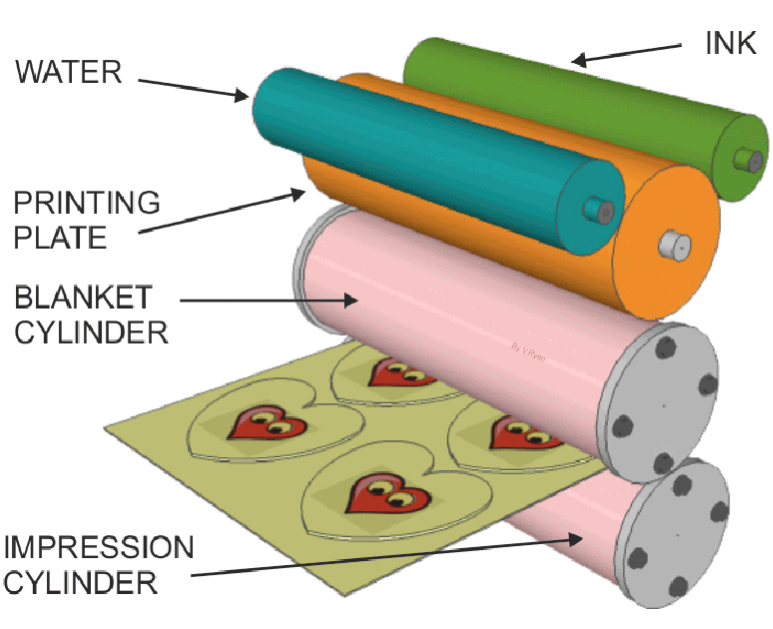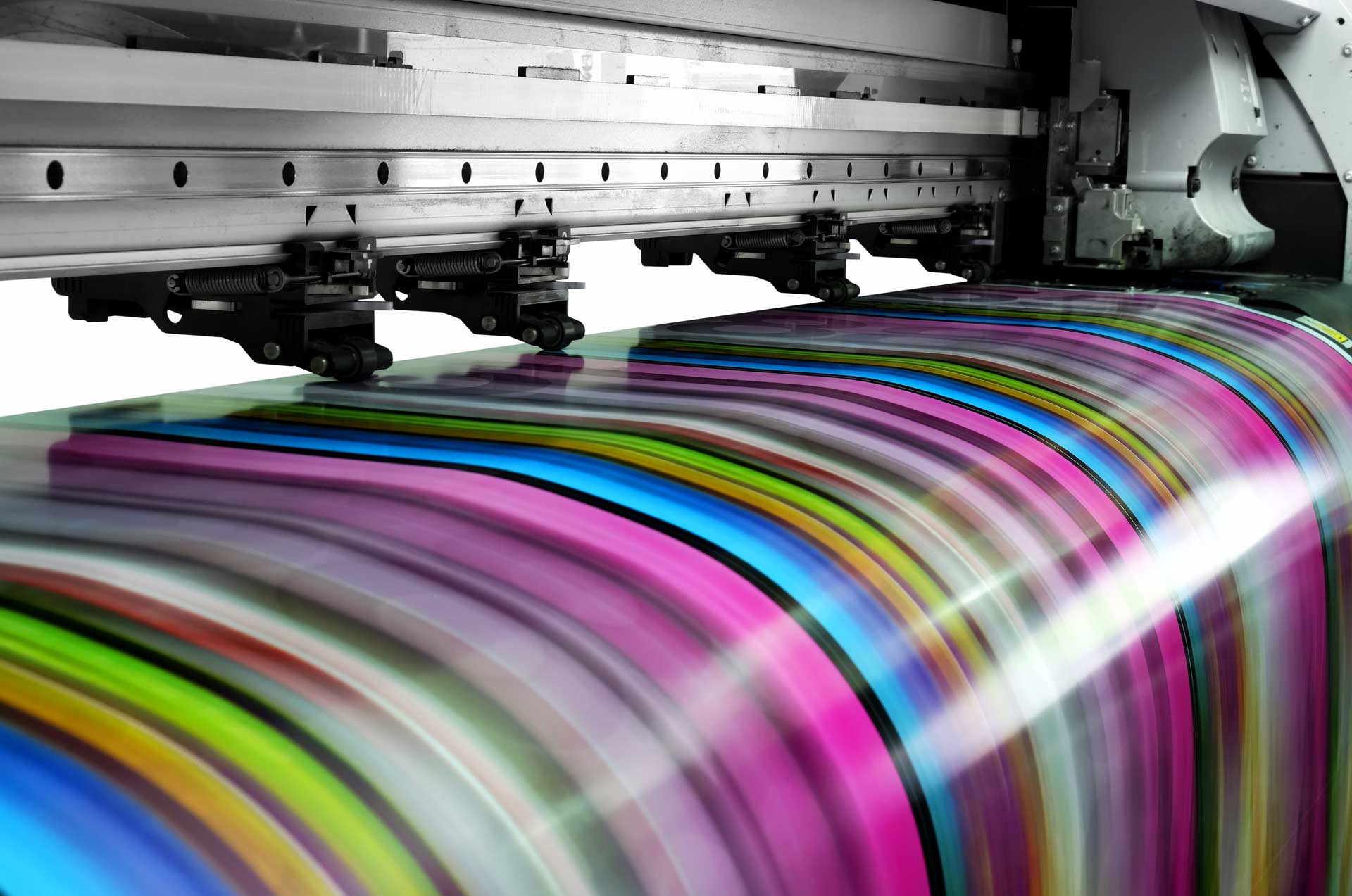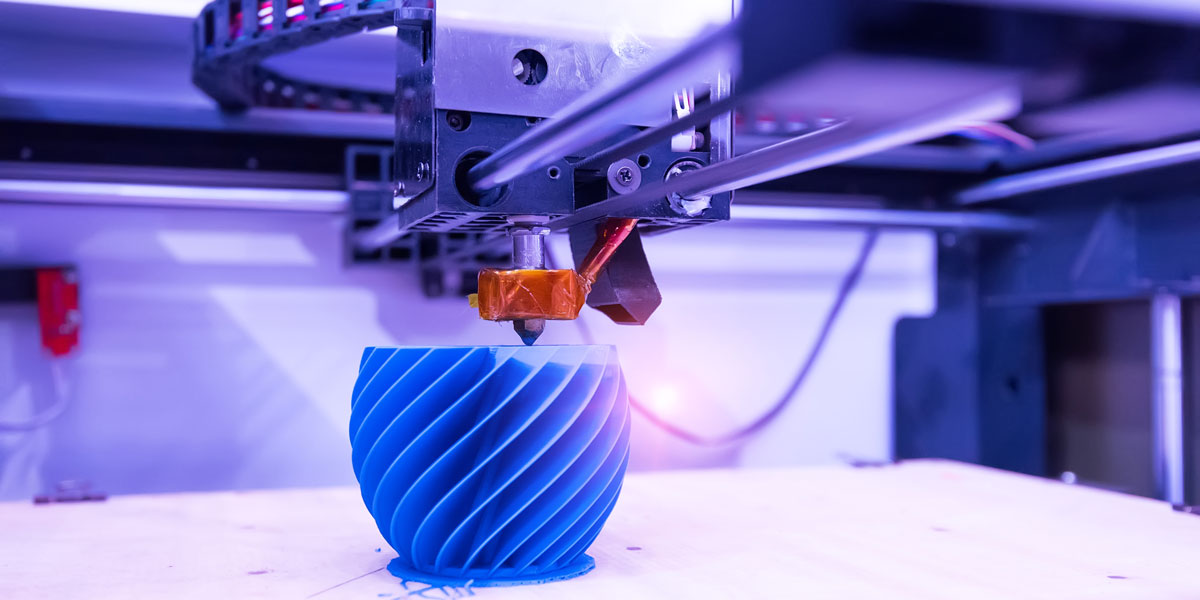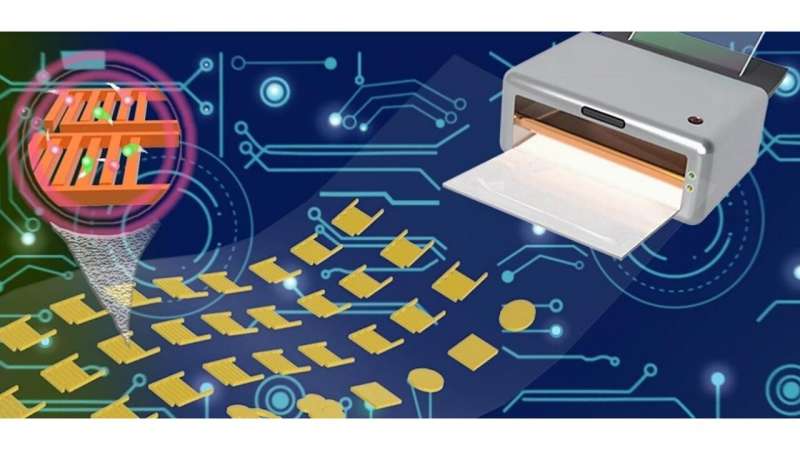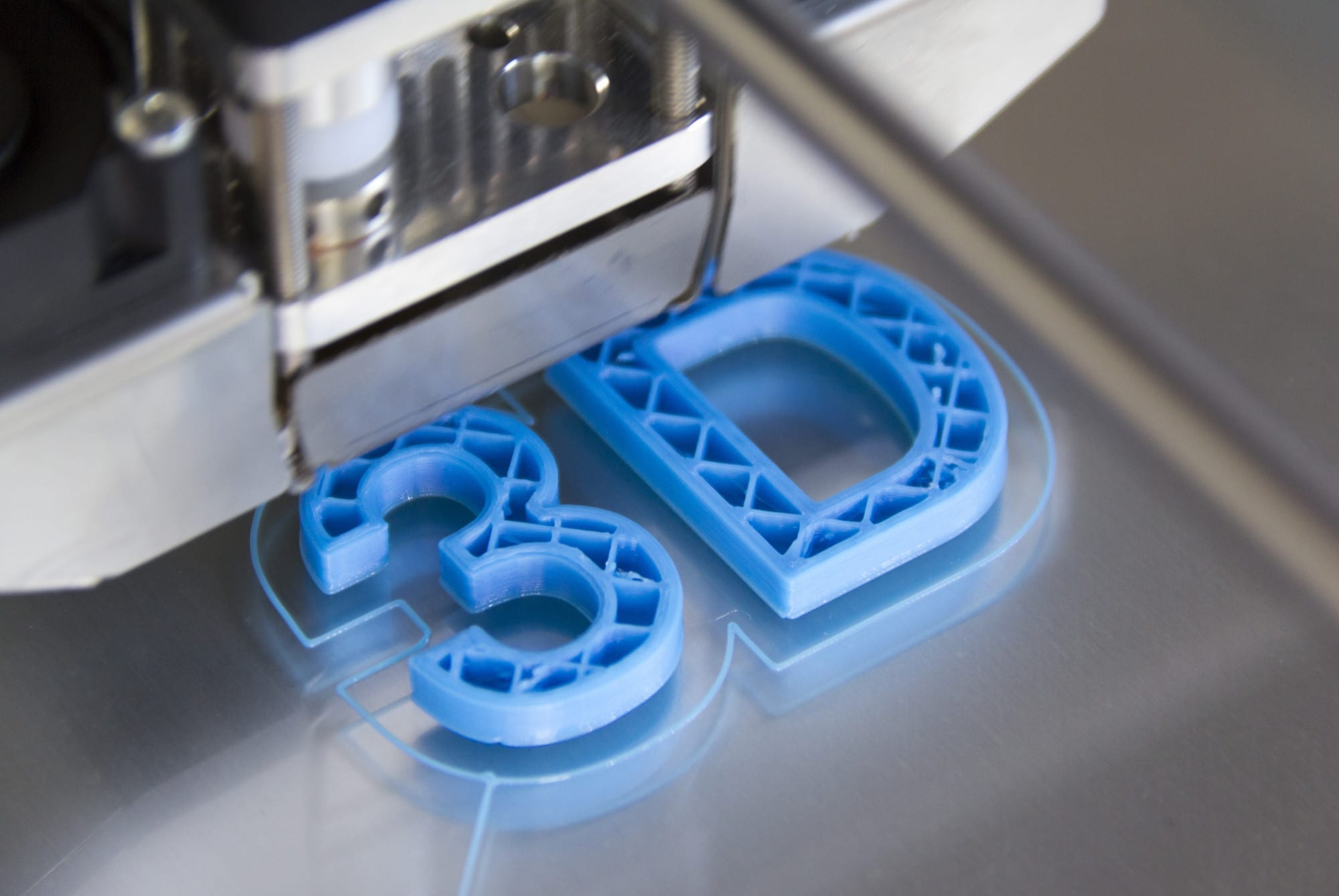Printing Technology Presentation
| Introduction to Printing Technology | ||
|---|---|---|
| Printing technology refers to the methods, techniques, and processes used in reproducing text and images onto paper or other materials. It has evolved significantly over the years, from ancient techniques such as woodblock printing to modern digital printing methods. Printing technology plays a crucial role in various industries, including publishing, advertising, packaging, and manufacturing. | ||
| 1 | ||
| Traditional Printing Methods | ||
|---|---|---|
| Traditional printing methods include techniques like letterpress, offset lithography, and gravure printing. These methods involve the transfer of ink from a printing plate or cylinder onto a substrate, such as paper or cardboard. Traditional printing methods are still widely used today and offer high-quality results, especially for large print runs. | ||
| 2 | ||
| Digital Printing Technology | ||
|---|---|---|
| Digital printing technology revolutionized the printing industry by enabling the direct transfer of digital files onto various substrates. Inkjet and laser printers are the most common types of digital printers used today. Digital printing offers advantages such as quick turnaround times, cost-effective short print runs, and the ability to personalize prints. | ||
| 3 | ||
| 3D Printing | ||
|---|---|---|
| 3D printing, also known as additive manufacturing, is a rapidly growing printing technology that creates three-dimensional objects by layering materials. It has various applications in industries such as healthcare, aerospace, automotive, and consumer products. 3D printing allows for the creation of complex shapes, customization, and reduces waste compared to traditional manufacturing methods. | ||
| 4 | ||
| Advances in Printing Technology | ||
|---|---|---|
| Nanography is a new printing technology that uses nanoparticles to create ultra-thin ink layers, resulting in high-resolution prints. UV printing technology offers faster drying times, vibrant colors, and the ability to print on a wide range of materials. Digital textile printing has transformed the fashion and textile industry by enabling on-demand printing, customization, and reduced waste. | ||
| 5 | ||
| Future Trends in Printing Technology | ||
|---|---|---|
| The development of printable electronics allows for the production of flexible displays, wearable devices, and smart packaging. Bioprinting is an emerging field that aims to print human tissues and organs for medical purposes. Environmentally friendly printing technologies, such as soy-based inks and eco-friendly substrates, are gaining popularity due to increasing sustainability concerns. | ||
| 6 | ||
| Conclusion | ||
|---|---|---|
| Printing technology has come a long way, from ancient techniques to cutting-edge digital and 3D printing methods. It continues to evolve, offering new possibilities and applications in various industries. Keeping up with the latest printing technology trends can help businesses stay competitive and meet the changing demands of consumers. | ||
| 7 | ||

